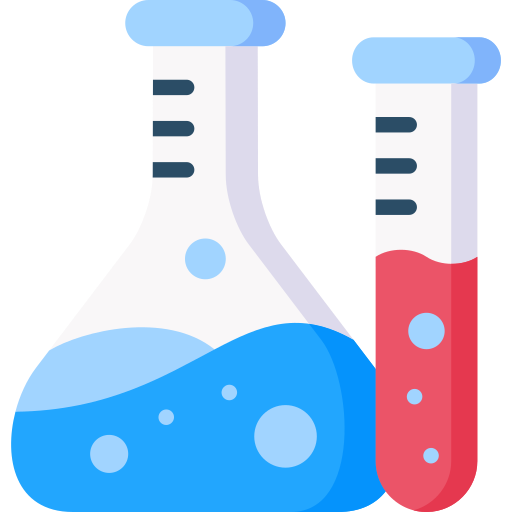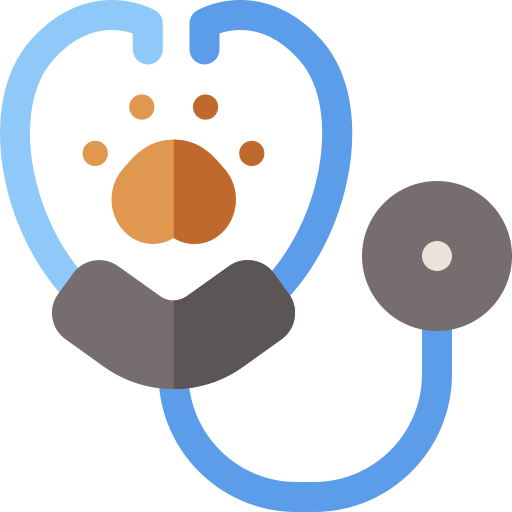Need Help ? Call 06292253004 !!
📍 Detecting...
Select Location
MRI UPPER ABDOMEN
MRI upper abdomen test is a non-invasive, imaging technique. An upper abdomen MRI scan takes images of the kidney, gall bladder, lungs, pancreas, heart, intestines, spleen, liver, and stomach. Doctors recommend an MRI upper abdomen to diagnose if your upper abdomen has any tumours or abnormalities in the upper abdomen.
₹6110 (₹6500)
CLINICA DIAGNOSTICS - BARASAT
Address: Noapara Bazar, Krishnanagar Road, Kolkata 700124
About MRI UPPER ABDOMEN :
What is MRI?
MRI (Magnetic Resonance Imaging) is a non-invasive medical imaging technique that uses strong magnetic fields and radio waves to produce detailed images of the internal structures of the body.
MRI works by aligning the hydrogen atoms in the body using a strong magnetic field, then transmitting radio waves to disturb the aligned atoms. The signals emitted by the atoms as they return to their aligned state are measured and used to reconstruct detailed images of the body's internal structures.
MRI is commonly used to diagnose and monitor conditions such as joint and musculoskeletal disorders, neurological disorders, and certain types of cancer. It is also used to visualize internal structures, guide surgical procedures and biopsies, and monitor the effectiveness of treatments.
There are several types of MRI, including functional MRI, Magnetic Resonance Angiography, and Magnetic Resonance Spectroscopy.
MRI has several benefits, including high-resolution images, non-invasive and painless procedures, no ionizing radiation, and the ability to detect conditions that other imaging modalities may miss.
What is the process of MRI of Upper Abdomen?
The process of MRI (Magnetic Resonance Imaging) of the Upper Abdomen involves the following steps:
1. Patient Preparation: The patient is asked to remove any metal objects, such as jewelry or clothing with metal fasteners, and change into a hospital gown.
2. Patient Positioning: The patient is positioned on the MRI table, usually on their back, with their upper abdomen centered in the MRI machine.
3. MRI Machine Alignment: The MRI machine is aligned to capture images of the upper abdomen.
4. Imaging Sequences: The MRI machine uses various imaging sequences to capture detailed images of the upper abdomen, including T1, T2, and STIR sequences.
5. Image Acquisition: The MRI machine acquires images of the upper abdomen from multiple angles, including axial, sagittal, and coronal planes.
6. Contrast Agent Administration: In some cases, a contrast agent may be administered intravenously to enhance image quality.
7. Breath-Holding Instructions: The patient may be asked to hold their breath for short periods to minimize movement and ensure clear images.
8. Additional Imaging: Additional imaging sequences, such as diffusion-weighted imaging (DWI) or magnetic resonance cholangiopancreatography (MRCP), may be performed to gather more information.
9. Image Reconstruction: The acquired images are reconstructed into detailed images of the upper abdomen.
10. Image Interpretation: A radiologist interprets the images to diagnose any abnormalities or conditions affecting the upper abdomen.
The MRI of the Upper Abdomen is used to:
- Evaluate upper abdominal pain or discomfort
- Diagnose conditions such as liver disease, pancreatic cancer, or gallstones
- Monitor the progression of upper abdominal conditions or treatments
- Guide surgical procedures or biopsies.
What is MRI used for?
MRI (Magnetic Resonance Imaging) is used for various medical purposes. Here are some of the key uses:
- Diagnosing and monitoring conditions: MRI is used to diagnose and monitor conditions such as joint and musculoskeletal disorders, neurological disorders, and certain types of cancer.
- Visualizing internal structures: MRI provides detailed images of internal structures such as organs, bones, and soft tissues.
- Guiding surgical procedures: MRI is used to guide surgical procedures and biopsies.
- Monitoring treatment effectiveness: MRI is used to monitor the effectiveness of treatments.
- Detecting conditions: MRI can detect conditions that other imaging modalities may miss.
Some specific examples of MRI use include:
- Examining the brain and spinal cord for conditions such as stroke, tumors, and multiple sclerosis.
- Evaluating joint injuries and conditions such as osteoarthritis.
- Detecting and monitoring cancer.
- Examining the heart and blood vessels for conditions such as coronary artery disease.
- Evaluating the liver, pancreas, and other abdominal organs for conditions such as liver disease and pancreatic cancer.
Chat with us!
.png)


 91-6292253005
91-6292253005




